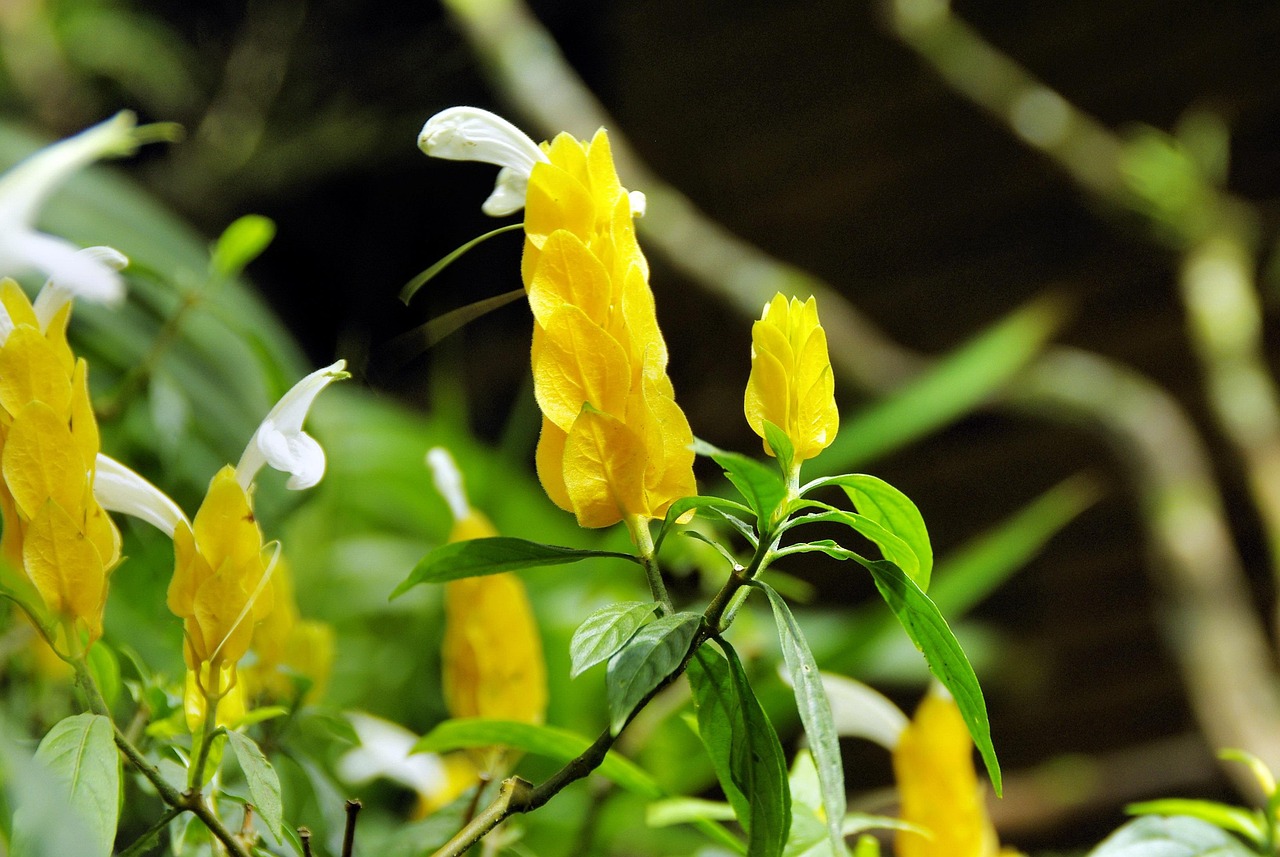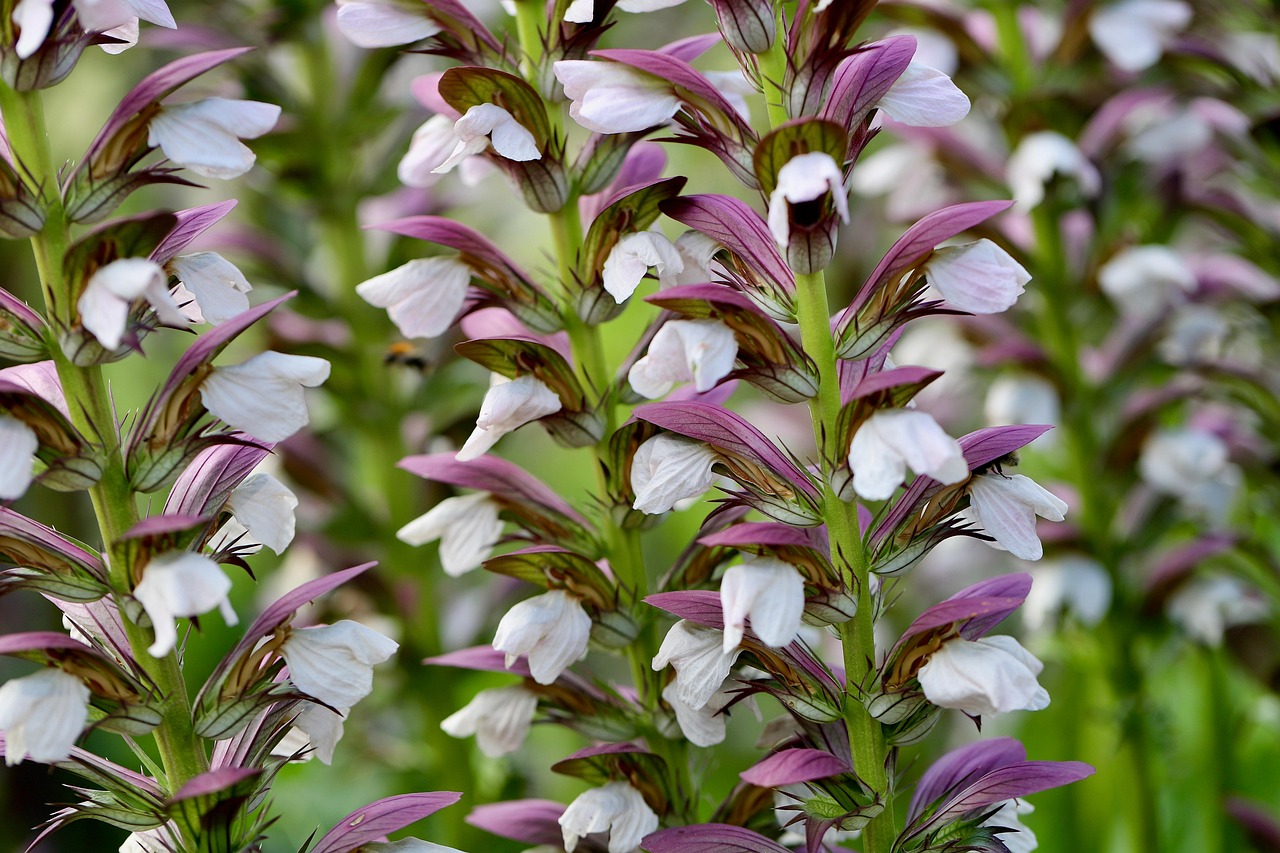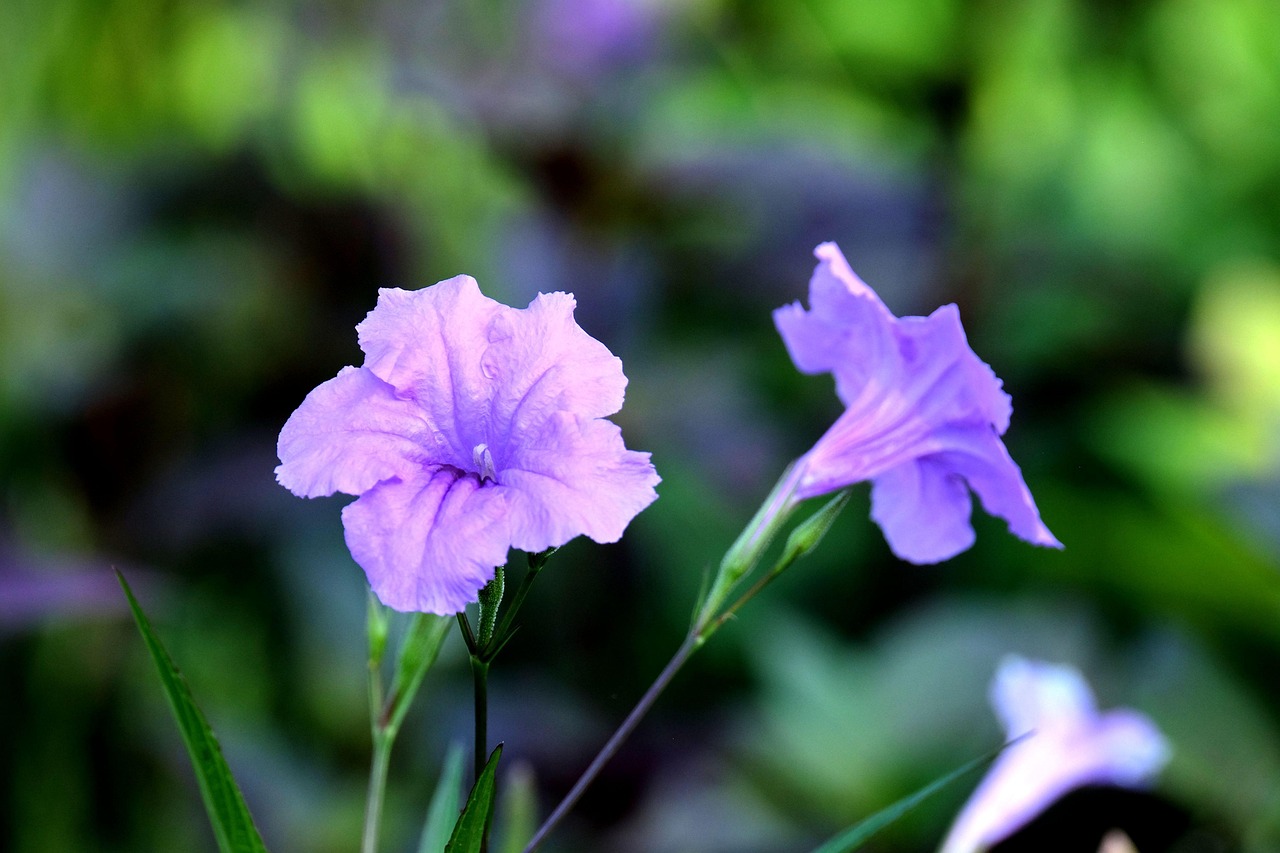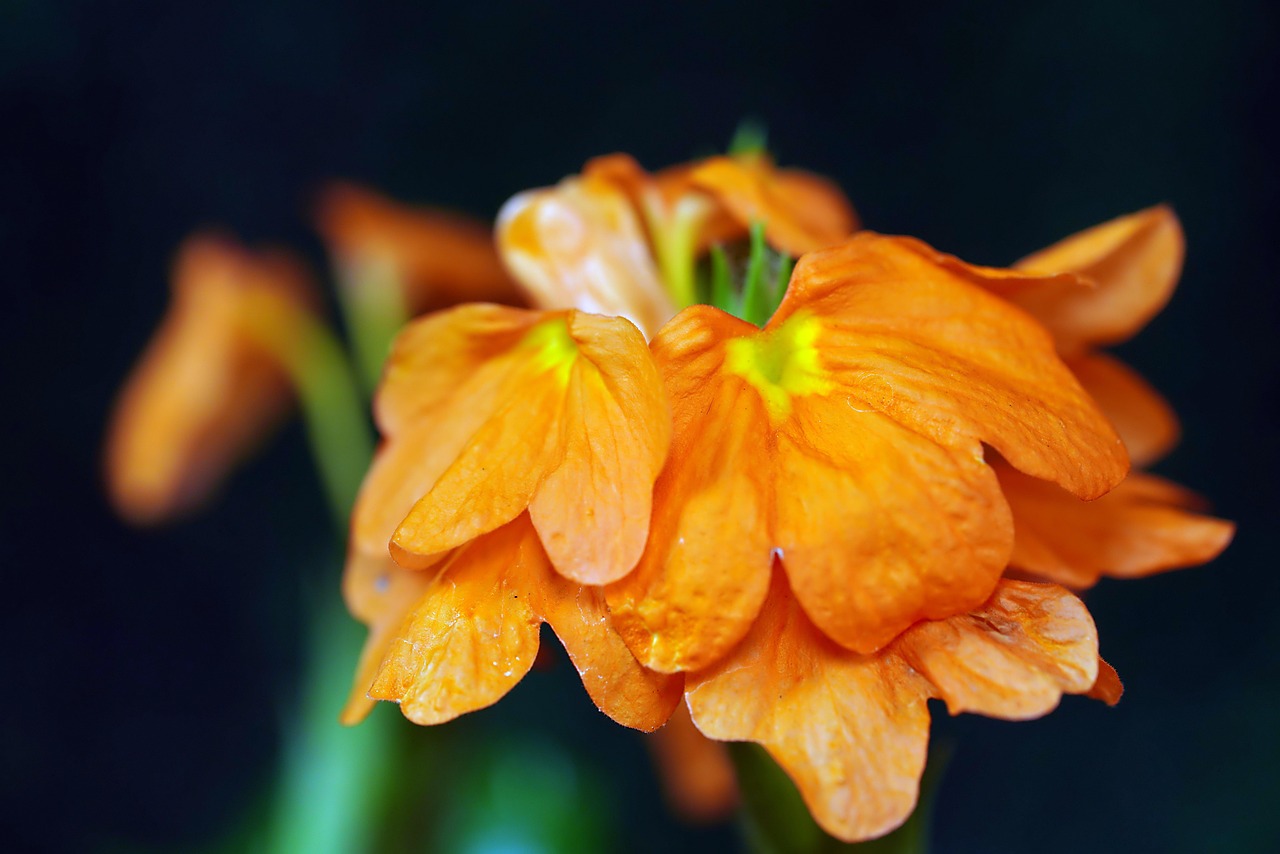Thunbergia | A Tropical Climbing Flower Named After Sweden
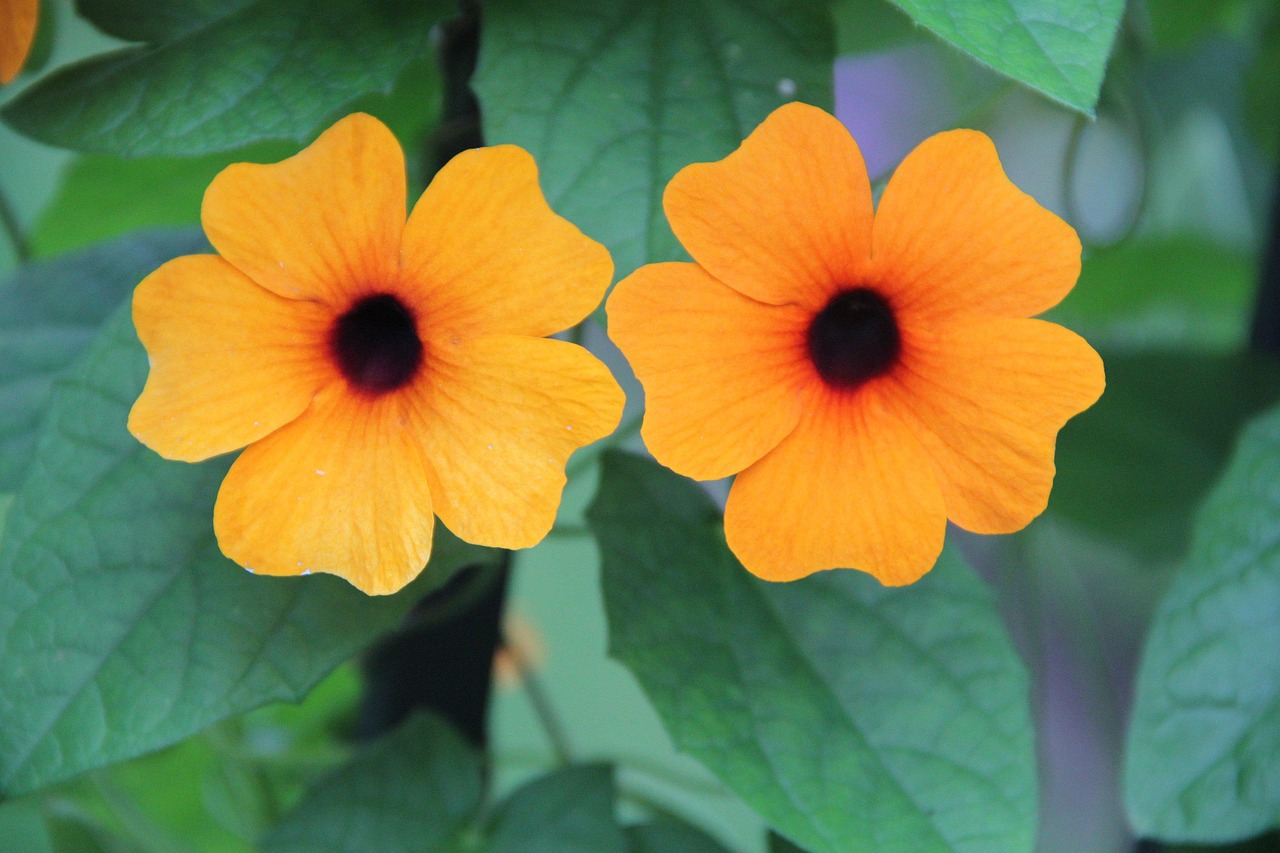
I would like to introduce Thunbergia, a plant distinguished by its vivid flower colors and vigorous climbing habit. When trained along fences or trellises, it creates a beautiful landscape, making it a popular accent in gardening.
In this article, I will explain in detail the basic information, cultural significance, historical background, and cultivation methods of Thunbergia.
Basic Information
- Scientific name: Thunbergia spp.
- Family: Acanthaceae
- Origin: Africa, South Asia
- Appearance: A climbing plant that produces vibrant flowers in orange, yellow, blue, or white. A well-known variety is the “Black-eyed Susan vine,” characterized by its dark central eye.
- Blooming season: From spring to autumn, and in warm climates it can bloom throughout the year.
Cultural Characteristics Around the World
Thunbergia has long been cherished as an ornamental plant for its dazzling appearance.
In Africa, it is planted in gardens and public spaces to add color to the natural landscape, and it is sometimes used in traditional decorations.
In India and Southeast Asia, Thunbergia is popular for adorning gates and arches, especially at the entrances of homes. It is often planted to create a beautiful impression, and the entwining vines are regarded as a symbol of vitality, carrying the wish for household prosperity.
In Europe, since the 18th century, it has been introduced as a horticultural plant and cultivated widely in greenhouses and gardens. In Britain and France, it has been especially valued as a plant that covers walls and fences, becoming an important element of landscape design.
Historical Background
The name Thunbergia honors the Swedish botanist Carl Peter Thunberg (18th century).
Thunberg conducted botanical research in Japan and South Africa, recording many new species. In recognition of his achievements, this plant was named after him.
By the 19th century, with the rise of greenhouse culture in Europe, the cultivation of Thunbergia spread widely. Its climbing nature made it ideal for decorating estates and gardens, and during the Victorian era in England, it gained popularity among gardening enthusiasts.
Gardening Advice
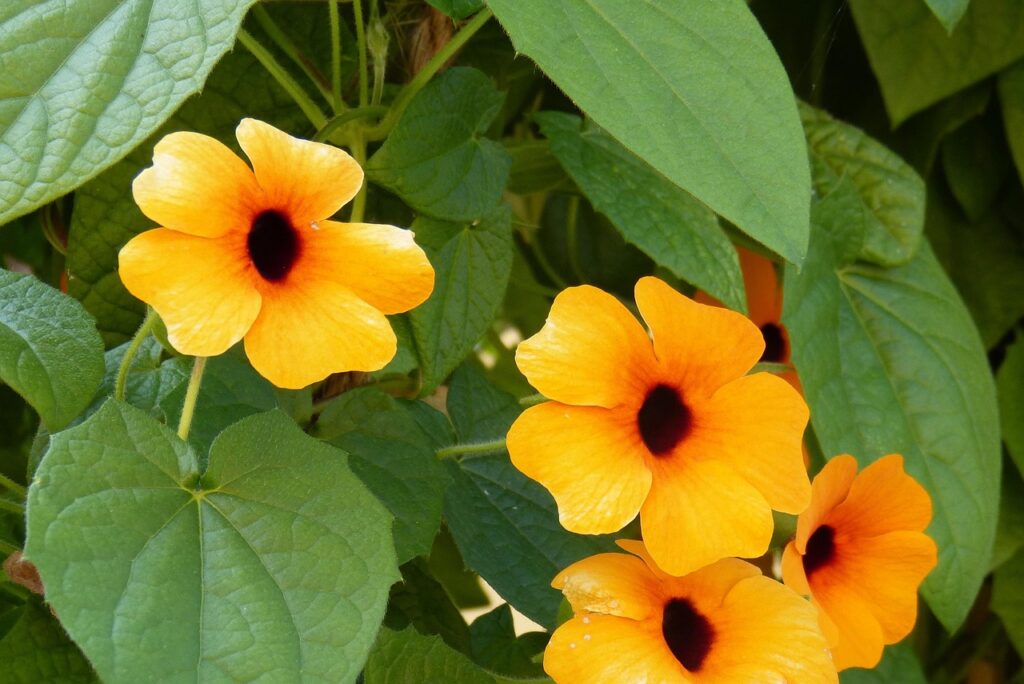
To grow Thunbergia healthily and enjoy its beautiful blossoms, please keep the following points in mind:
Sunlight
Prefers sunny locations. It tolerates partial shade but requires sufficient sunlight for abundant flowering.
Watering
Water generously when the soil surface becomes dry. Although somewhat drought-tolerant, extreme dryness reduces flowering, so moderate humidity is important.
Soil
Well-drained soil with good moisture retention is ideal. A soil mix enriched with leaf mold works best.
Fertilizer
Apply liquid fertilizer about once every two weeks during the growing season. Avoid excessive feeding.
Pruning
If vines grow excessively, prune them to maintain shape. Pruning encourages new shoots.
Cold tolerance
Sensitive to cold. During winter, bring indoors or provide frost protection.
Conclusion
Thunbergia is a stunning plant that extends its vines while producing vibrant blossoms.
It has been used as a traditional decorative plant in Africa and Asia, while in Europe it has been cultivated as a horticultural treasure since the 18th century.
Named after the Swedish botanist Thunberg, this flower has a deep connection with the history of gardening itself.


